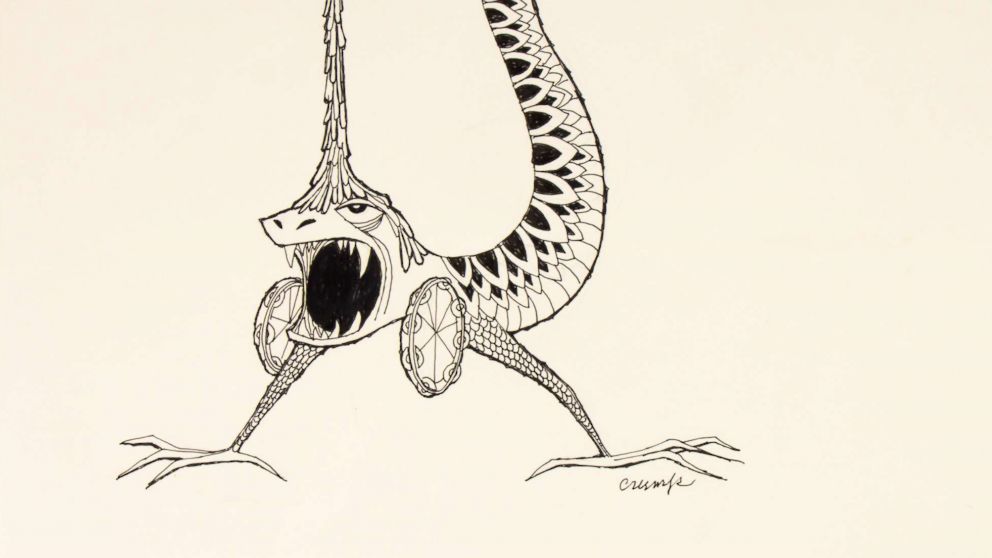As my forum name might indicate, I'm a huge, HUGE fan of the Haunted Mansion. The thread title is not suggesting the HM could've been any better than it is. With that said I do have questions regarding the origins of the ride, and where it may have ended up if Walt wasn't taken so abrumptly. This question stems from ignorance, not criticism btw... how big of a hand did Walt really have on the design of the attraction? This is a sincere question. I'm not sure if anyone on these boards would have any factual information, or more likely opinion based on what you've read, watched, or generally feel.
The reason I ask is because I've seen the archive footage of Walt discussing the ride with his imagineers. I'll post the video below for those that may not have seen it. My first impression is that Walt seems somewhat unknowledgeable about the evolving attraction as he speaks about it. It seems like he only knows generalities. He says "Mark Davis is the master in charge of our House of Illusions, or what do we call it?" and then Mark Davis corrects him by saying "The Haunted Mansion". Then he goes on with "what is... tell her about this thing here, will ya Mark" referencing the stretching room. He doesn't seem particularly knowledgeable of the scene or effect. Later, speaking to another imagineer who he says "is acting as the interior decorator of the House of illusion... what do we call it?" and the imagineer corrects him "Museum of the Weird". Now granted not all of the original plans were realized, in fact they changed quite drastically over time including making it a ride rather than a walk through. The plans for the ride had to evolve to make it work, but how much of the HM was really "Walt"?
Another question. The HM is a beloved, iconic attraction. Do you think that it being completed after Walt passed might have given the imagineers more freedom to make it what it is? Would Walt have demanded to keep it a walk-through, and a "House of Illusions" and "Museum of the Weird"? I just wonder if perhaps it wouldn't have been everything we love about it if Walt had seen it through to the end. OR, did Walt give his imagineers enough slack in their imagination rope to end up where they did anyway? It just evolved so much after Walt's passing, so I'm wondering if it would still be the icon it is, or perhaps it might have already been replaced by now if original plans had prevailed?
I'm just curious if anyone has solid information, or just wants to share their opinion. Here's the video...
The reason I ask is because I've seen the archive footage of Walt discussing the ride with his imagineers. I'll post the video below for those that may not have seen it. My first impression is that Walt seems somewhat unknowledgeable about the evolving attraction as he speaks about it. It seems like he only knows generalities. He says "Mark Davis is the master in charge of our House of Illusions, or what do we call it?" and then Mark Davis corrects him by saying "The Haunted Mansion". Then he goes on with "what is... tell her about this thing here, will ya Mark" referencing the stretching room. He doesn't seem particularly knowledgeable of the scene or effect. Later, speaking to another imagineer who he says "is acting as the interior decorator of the House of illusion... what do we call it?" and the imagineer corrects him "Museum of the Weird". Now granted not all of the original plans were realized, in fact they changed quite drastically over time including making it a ride rather than a walk through. The plans for the ride had to evolve to make it work, but how much of the HM was really "Walt"?
Another question. The HM is a beloved, iconic attraction. Do you think that it being completed after Walt passed might have given the imagineers more freedom to make it what it is? Would Walt have demanded to keep it a walk-through, and a "House of Illusions" and "Museum of the Weird"? I just wonder if perhaps it wouldn't have been everything we love about it if Walt had seen it through to the end. OR, did Walt give his imagineers enough slack in their imagination rope to end up where they did anyway? It just evolved so much after Walt's passing, so I'm wondering if it would still be the icon it is, or perhaps it might have already been replaced by now if original plans had prevailed?
I'm just curious if anyone has solid information, or just wants to share their opinion. Here's the video...

